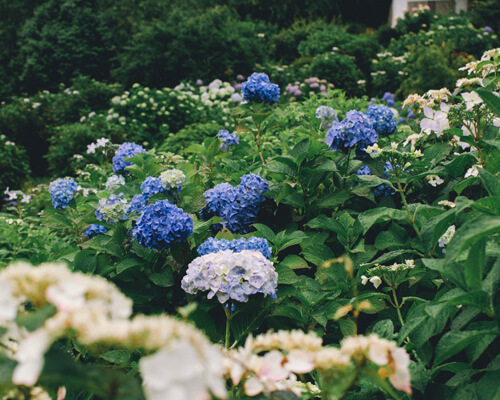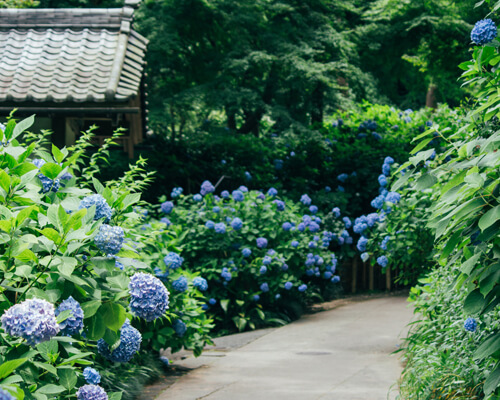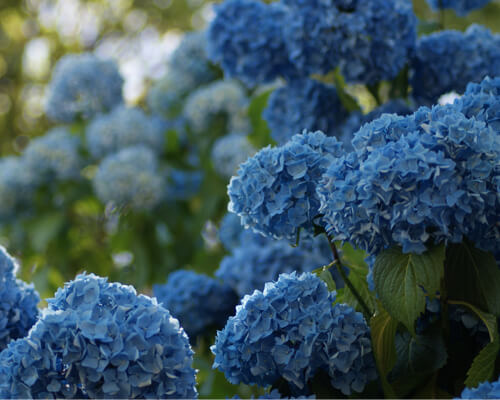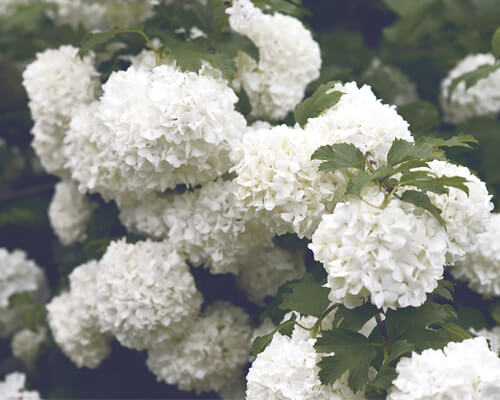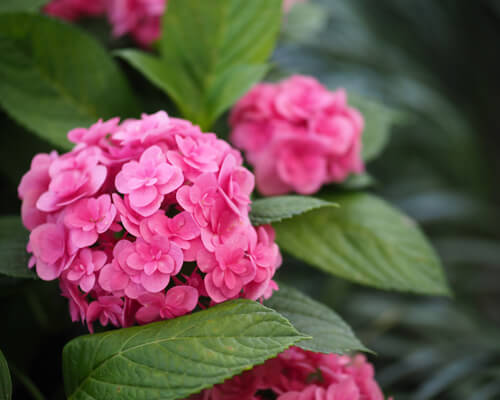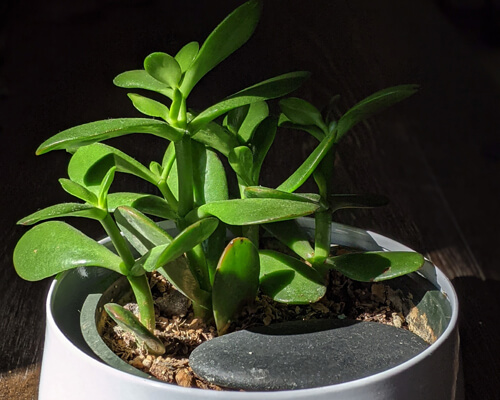How to Care for Lavender Plant?

How to care for lavender plant is a crucial question for those who want to cultivate this aromatic herb.
Lavender is a low-maintenance plant that requires minimal water and can thrive in almost any soil type.
It’s best grown in full sun so that it can produce the most fragrance and flowers.
Proper pruning is also essential to help the plant remain healthy and bushy.
Additionally, lavender has numerous uses, from decorating gardens to providing several health benefits.
Therefore, learning how to care for lavender plant is a necessary step for growing this versatile plant.
How to care for lavender plants?
To properly care for a lavender plant, it is important to choose the right location and provide appropriate watering, feeding, pruning, and pest and disease control.
Location
Lavender plants thrive in full sun with well-draining soil.
It should be planted in a spot that gets at least 6 hours of direct sunlight each day and has good air circulation.
This will help the plant produce more flowers.
Watering
Lavender is drought tolerant and usually doesn’t need frequent watering.
When it is young, however, it needs more frequent watering until it becomes established.
Once established, water lavender only when the soil becomes dry—about every 7–10 days.
Water deeply so that moisture reaches the roots.
Avoid wetting foliage to prevent disease build-up and powdery mildew growth.
Feeding
Feed your lavender twice a year with a balanced fertilizer during its growing season (spring and summer).
Avoid overfeeding, as this could lead to weak growth or even burn the plants’ leaves.
Pruning
Prune lavender after flowering by cutting back one-third of its stems to encourage more bushy new growth and ensure plenty of flowers next year.
Always use sharp garden scissors or shears when pruning, as blunt tools can damage the plant’s delicate stems or leave them prone to diseases.
Pest/Disease Control
Monitor your lavender regularly for any signs of pests or diseases and take action quickly to prevent them from spreading further, if necessary.
Common pests include aphids, whiteflies, spider mites, mealybugs, and scale insects.
While common diseases include downy mildew and root rot caused by too much water or poor drainage in the soil.
Treat these issues promptly with appropriate chemical sprays or organic methods such as neem oil or garlic spray (if available).
Potting and repotting lavender
When potting lavender, choose a pot that is wide and shallow, as a container with too much depth can lead to root rot.
Use a well-draining soil mix that is fertilizer-free and contains peat moss, sand, and perlite for optimal drainage.
Water the lavender until water runs out of the bottom of the pot, but avoid over-watering as this can lead to root rot.
Lavender prefers warm and sunny areas, so make sure to place it in a spot that gets six to eight hours of direct sunlight per day.
When repotting lavender, it is best to do so during its dormant season in late winter or early spring.
Make sure to use a new pot that is only one or two sizes larger than the previous one.
It’s important not to increase the size of the pot too drastically as this could cause too much stress on the plant’s roots.
Remove all excess soil from around the roots before transferring it into a new pot filled with fresh soil mix.
Lastly, make sure you allow your newly repotted lavender time to adjust to its new environment before watering it again. Keep in mind that over-watering can still cause root rot even after repotting.
How to get lavender to bloom
If you want to get your lavender plants to bloom, there are a few tips you should keep in mind.
First, be sure to plant your lavender plants in soil that isn’t too fertile.
Overly-fertile soil can prevent the plants from blooming properly, so try amending the soil with sand or gravel to reduce its nutrient density and help promote flower growth.
Second, make sure that your plants are getting enough sunlight. Most lavenders need six to eight hours of direct sunlight per day in order to produce colorful and abundant blooms.
If the plants aren’t getting enough light, consider thinning out any trees or foliage that may be shading them.
Additionally, be sure not to overcrowd the area, as this will reduce air circulation and further inhibit flowering.
Finally, avoid over-pruning your lavender plants. While pruning is necessary for maintaining their shape and size, it should never be done more than once a year as this could cause fewer flowers.
Also, make sure not to leave any dead flowers on the plant. Remove them as soon as they start wilting in order to encourage new buds and flowers instead of seeds.
By following these tips, you can ensure that your lavender plants will thrive and bloom with vibrant colors each year.
Conclusion
Taking care of a lavender plant is not difficult and comes with many benefits.
With its pleasant smell, beautiful flowers, and numerous healing qualities, lavender is a perfect addition to any garden.
It requires little attention but may benefit from occasional pruning and liquid fertilizer for even more optimal growth.
Overall, it’s important to select a sunny area for your lavender plant.
Watering it regularly and fertilizing it every few weeks in the summer months is the best way to ensure its perseverance throughout the growing season.

